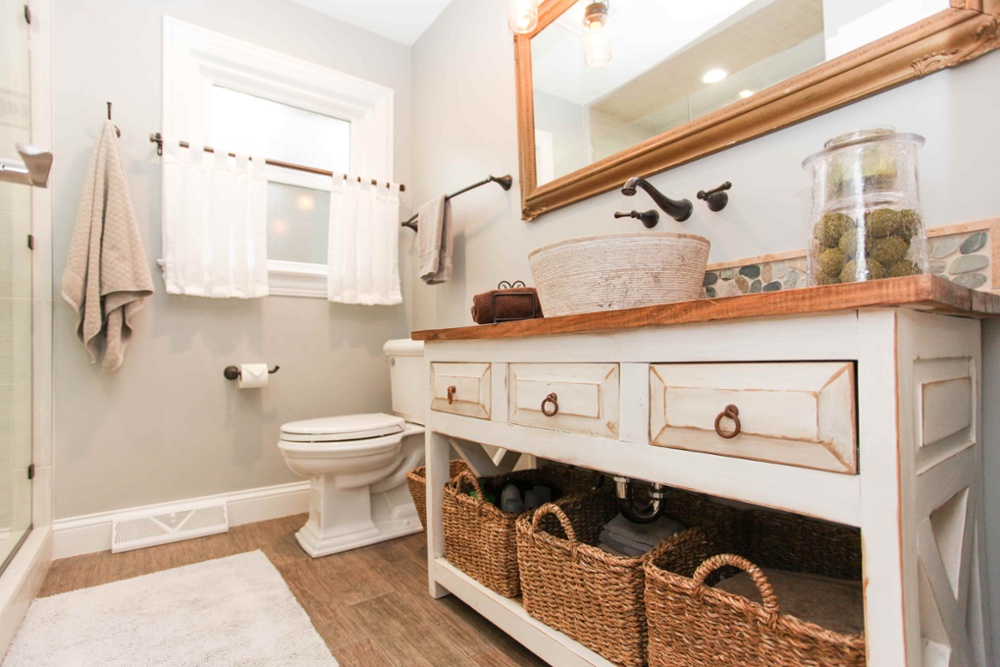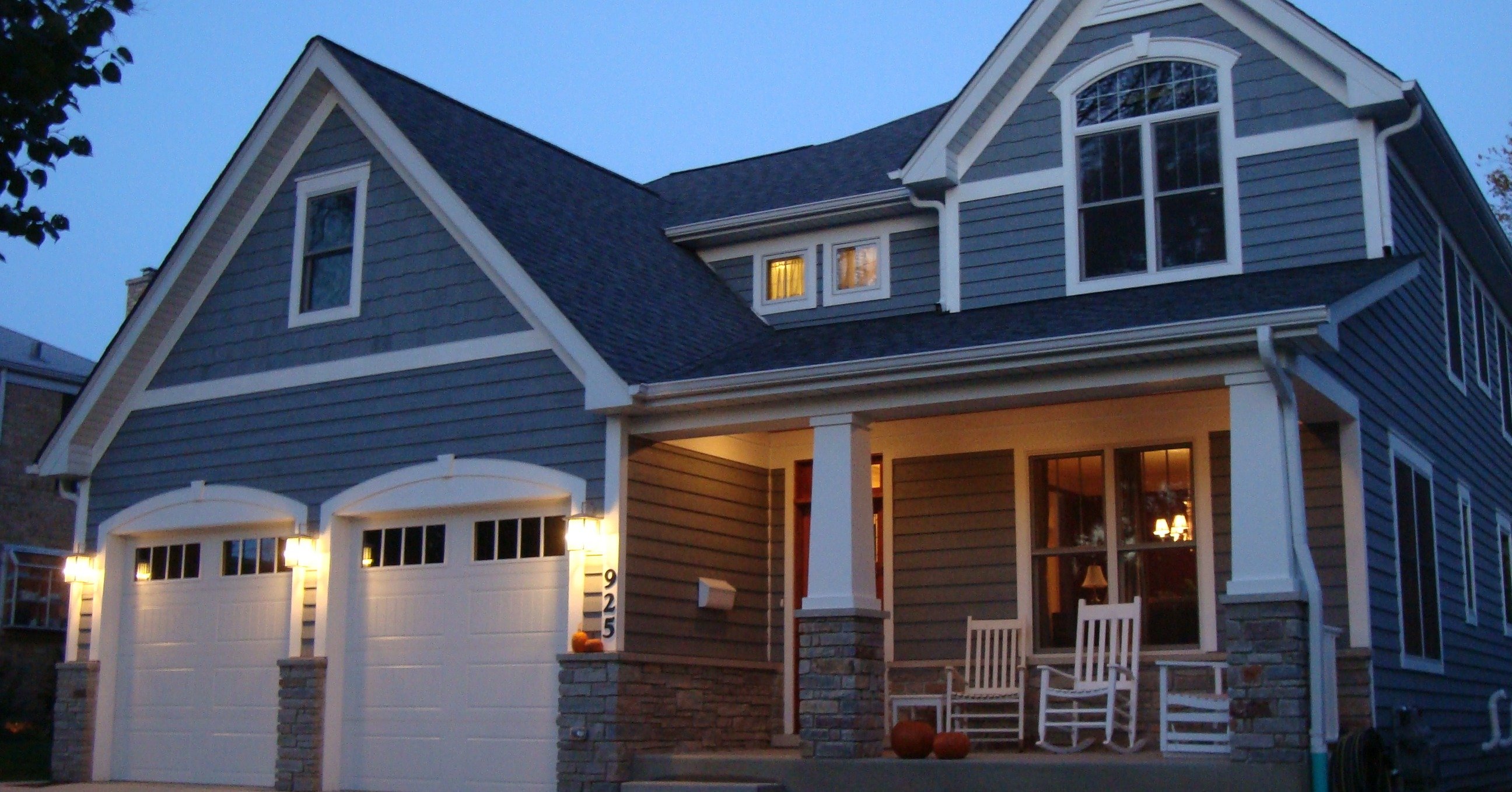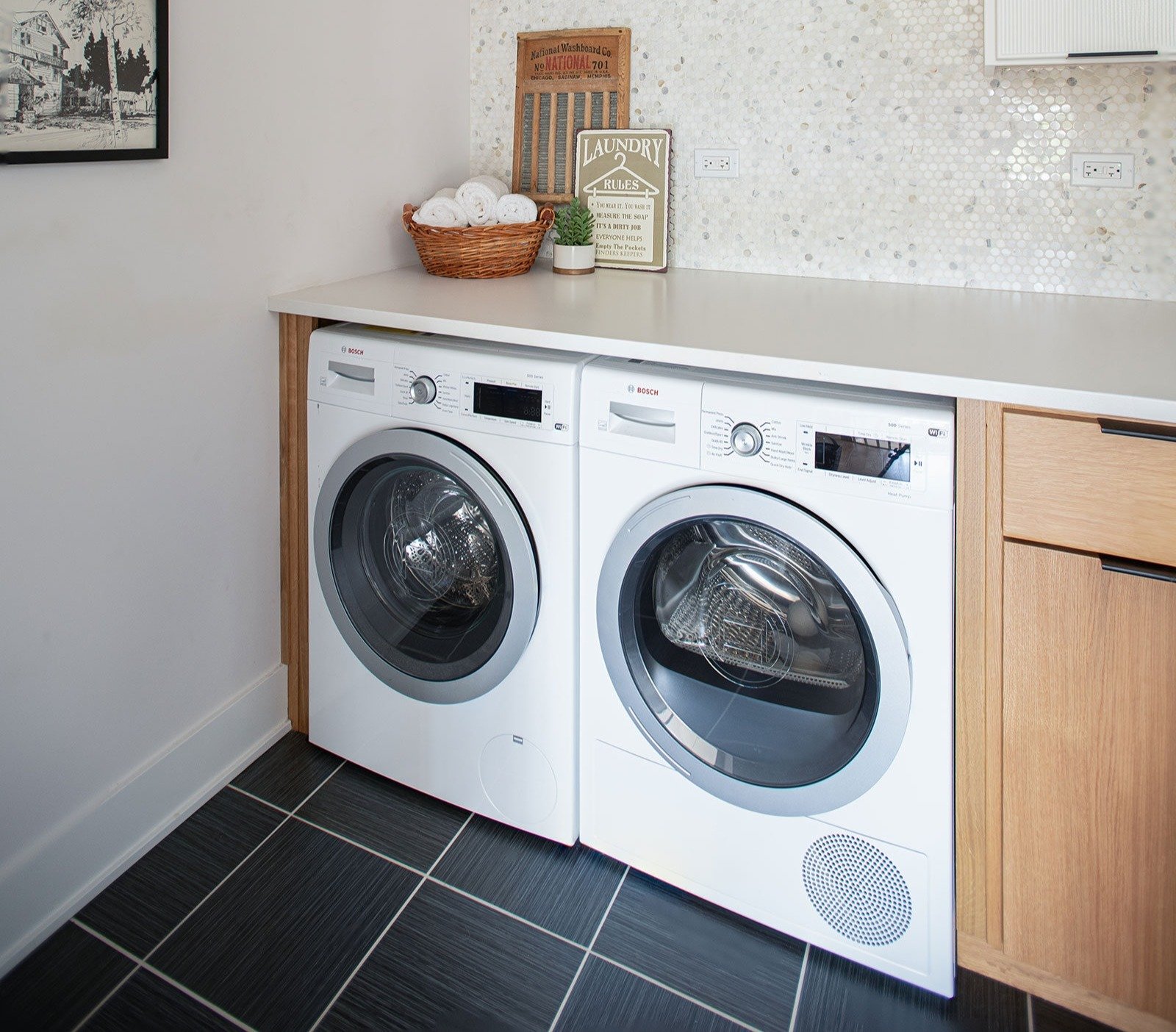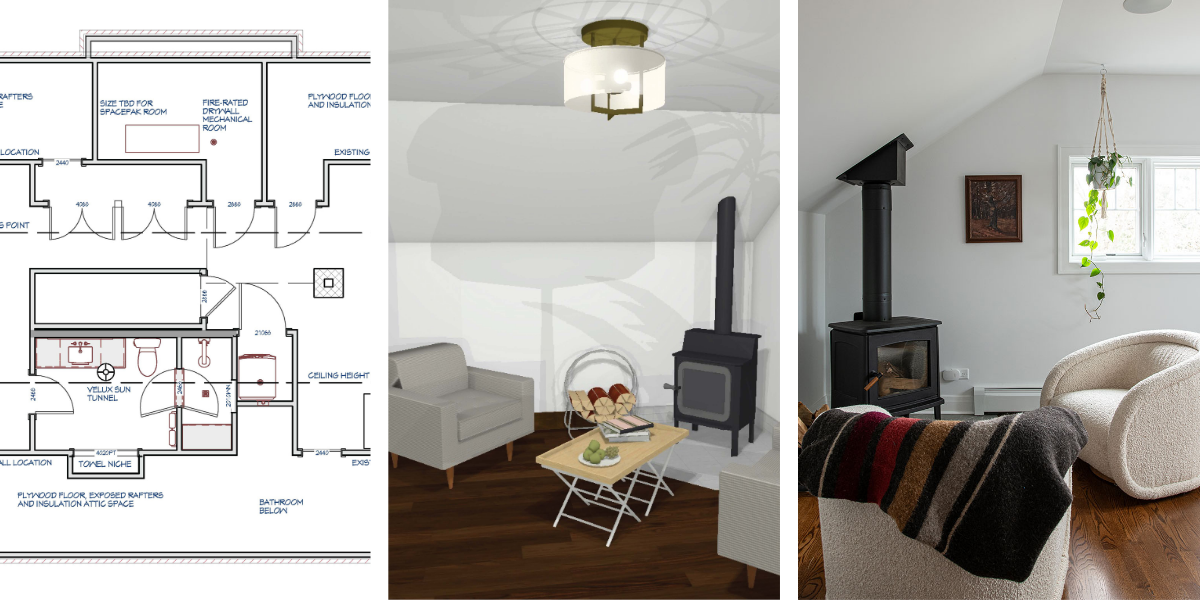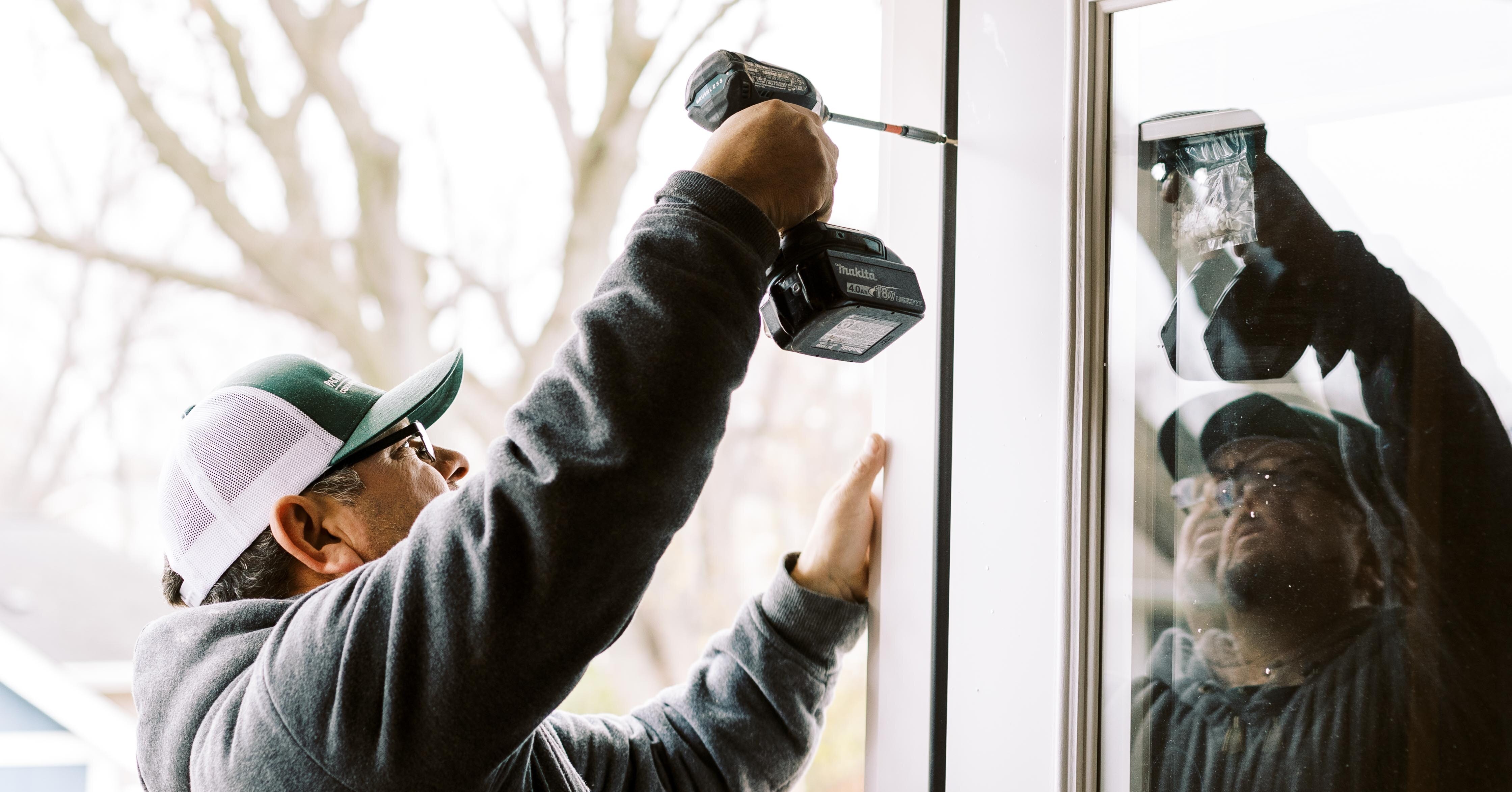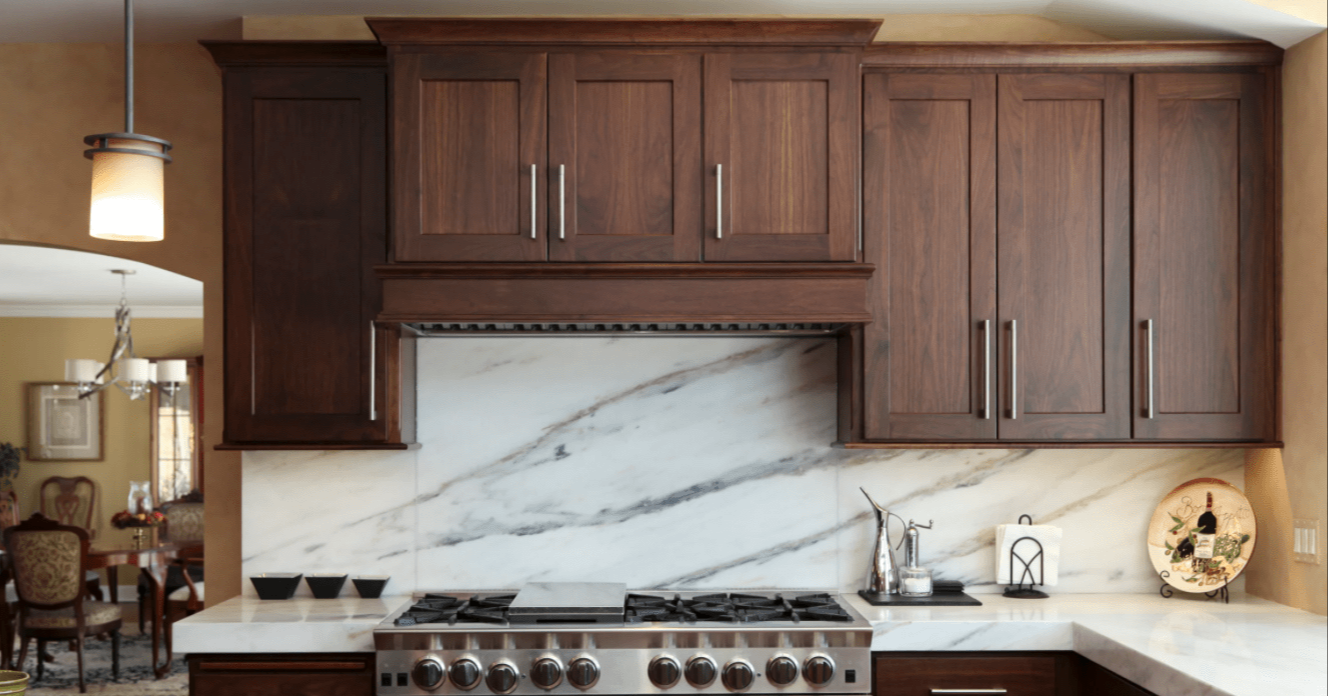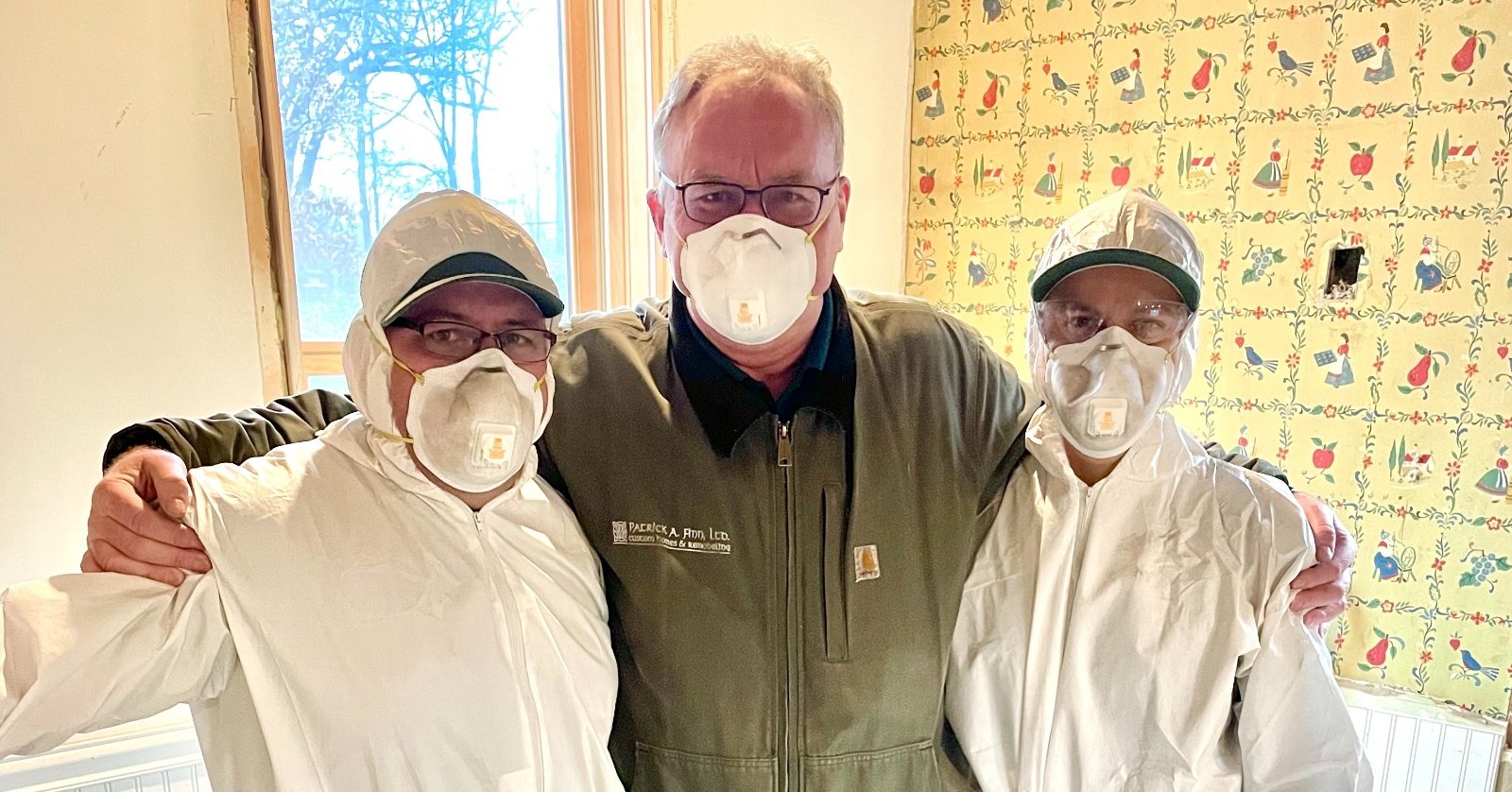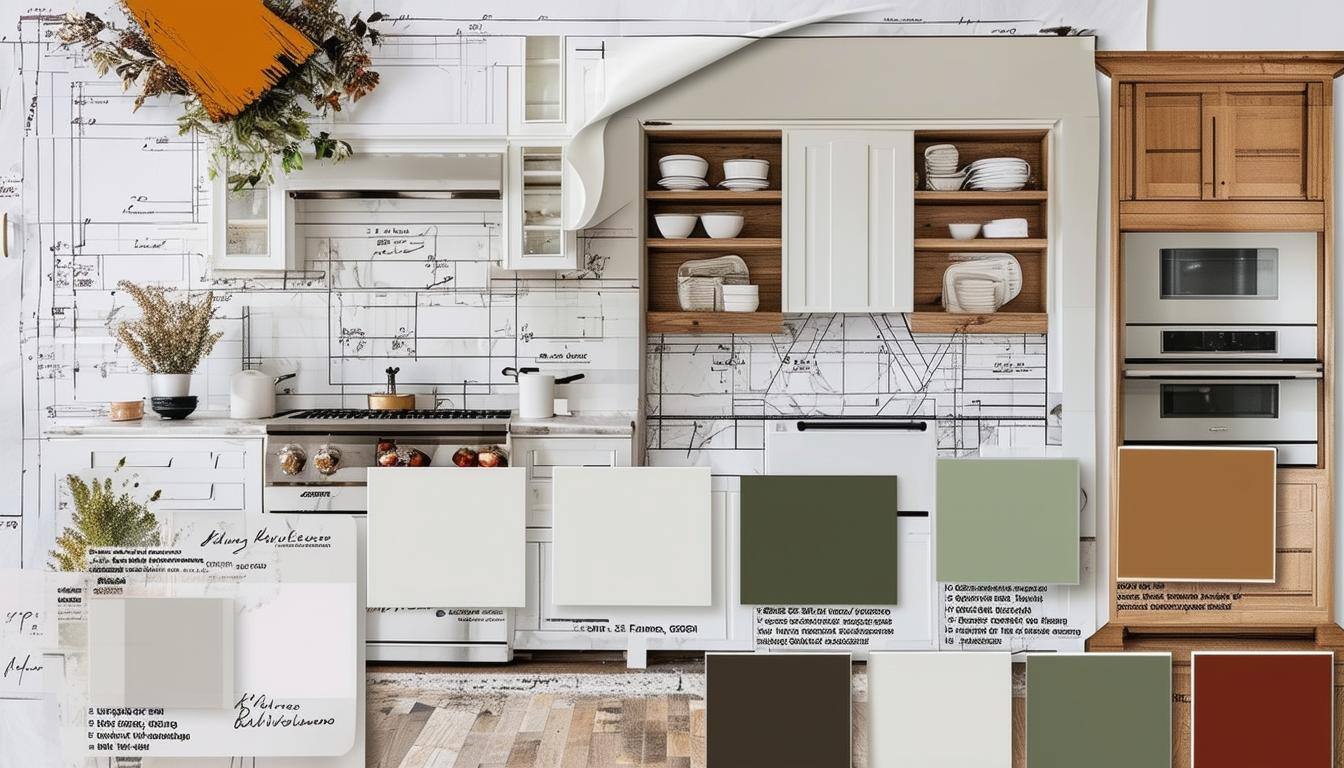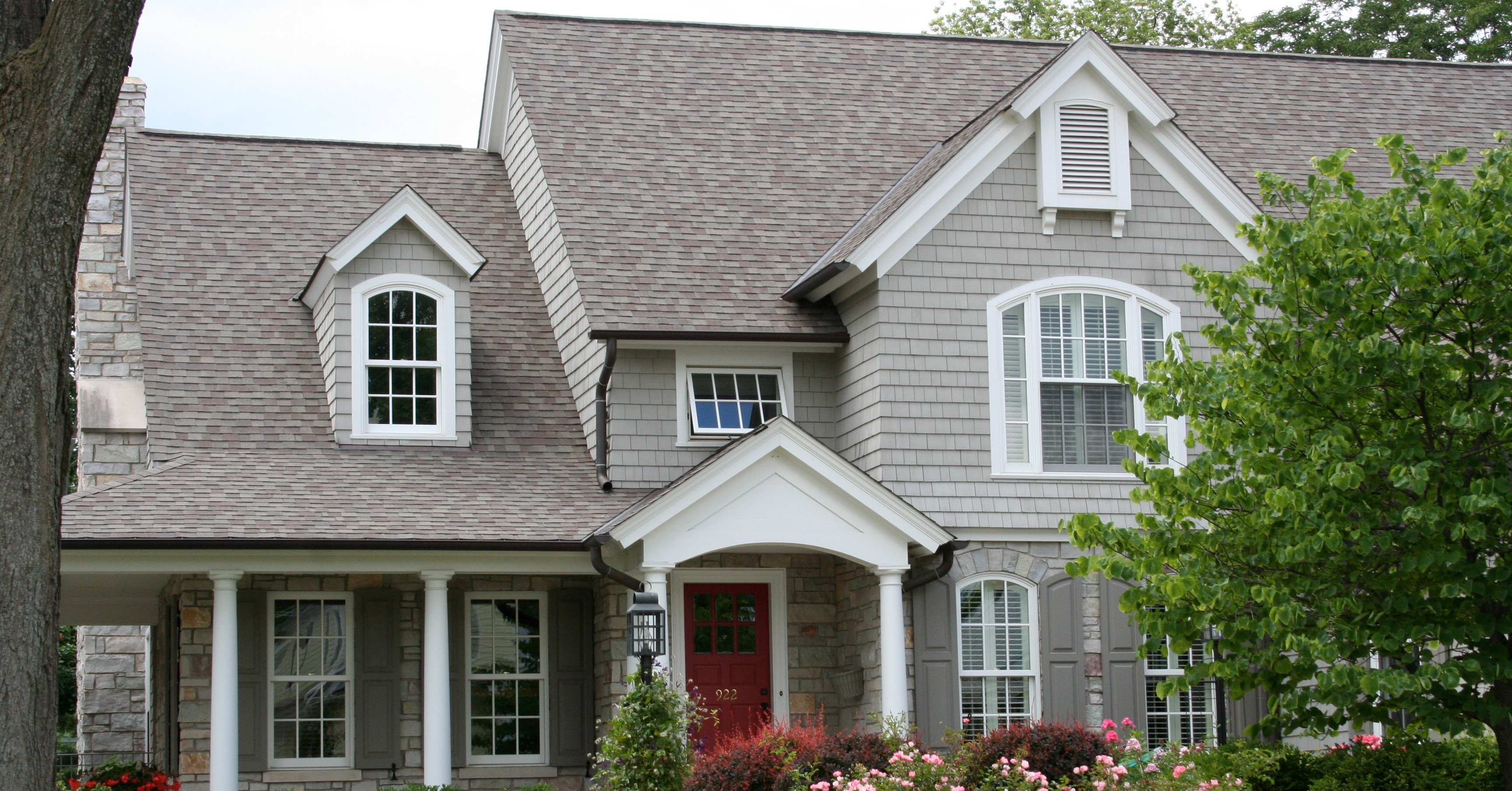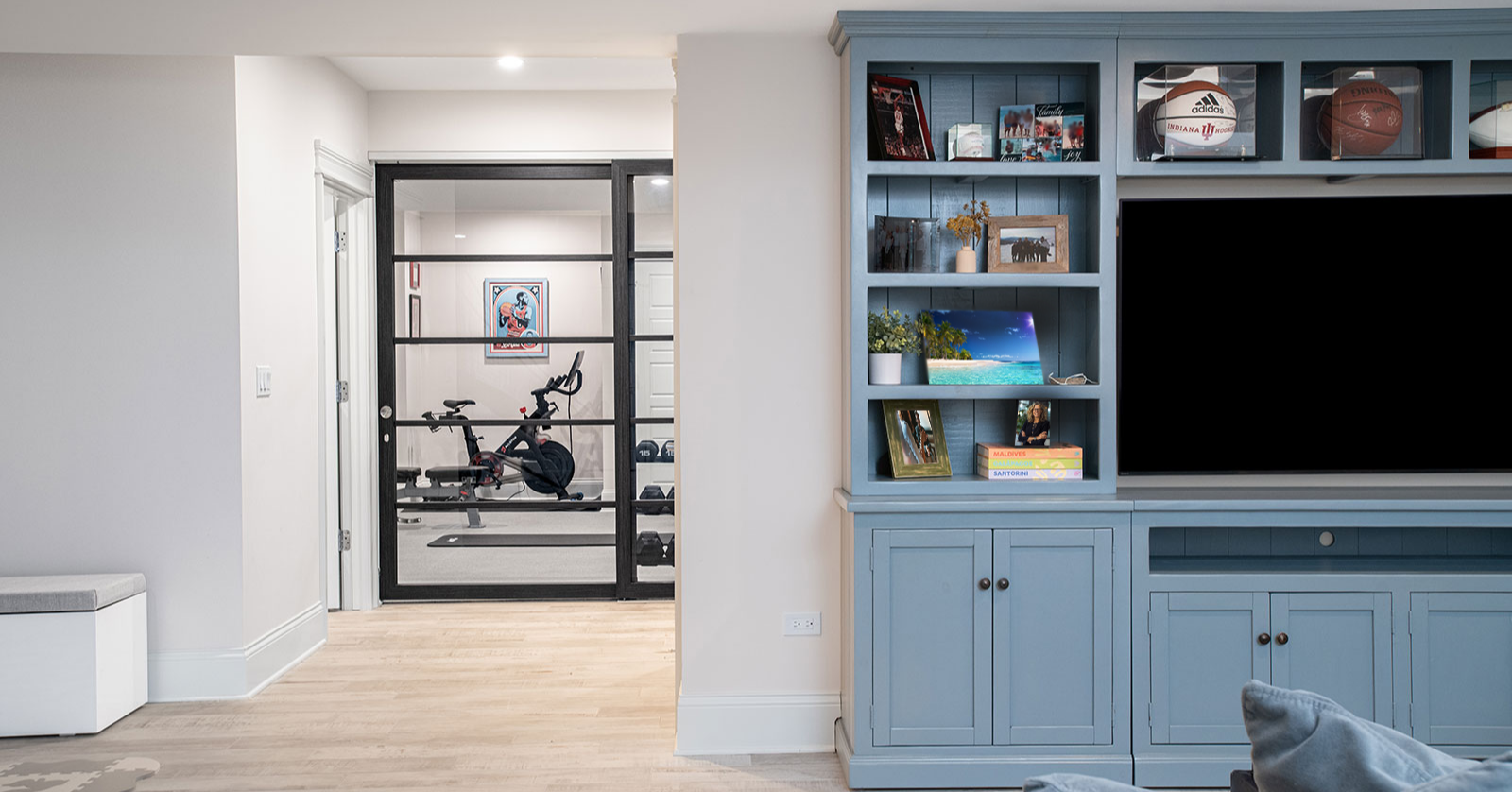How Free Home Renovation Estimates Can End Up Costing You More Than You Think

The time is right to start a home renovation project. You and your family have talked about it for a long time, but how much will the home renovation cost? Why not get a few free estimates so you know what you are getting yourselves into?
But, wait, free estimates can be problematic. Without gathering details and drawing up plans, an estimate is just a guessing game. It will be a poor start to the project. You will likely be susceptible to “scope creep,” where the home improvement project keeps growing and results in unexpected charges because accurate costs were not accounted for upfront.
The right way to do this is to pick a design-build contractor partner based on their values, reputation, and the quality of their past work. A reputable and high-end design-build partner will ask you detailed questions to develop a plan that can be accurately priced in a comprehensive proposal.
Why You Can’t Trust a Free Home Renovation Estimate
Why can’t you just give a general contractor the basics of what you are looking for in a house renovation and have them give you an estimated price? Getting the basics does not provide them with the information either of you needs for an accurate price.
For instance, say you want a general contractor to remodel your kitchen. The definition of a kitchen remodel is very different for many homeowners and contractors, which means the remodeling cost will also differ significantly.
FAQs (Frequently Asked Questions) Surrounding Home Remodeling Costs
This FAQ section tackles common questions surrounding home remodeling costs. Understanding these factors and getting clear details about your project is key to getting an accurate estimate. With the right information, you can plan your budget effectively and avoid surprises down the road.
Project Scope: Understanding the Blueprint
Expanding Your Space
Adding square footage often requires an addition. Consider the additional square footage you may need, if your lot is large enough for it, and any local regulations you might encounter.
Layout Reconfiguration
Do you dream of an open-concept floor plan? This might involve structural changes, rerouting plumbing and electrical lines, or even updating them to meet current codes (which can vary by location).
Budget Breakdown: From Materials to Permits
Materials Matter
The materials you choose significantly impact the cost. Research your options, considering factors like durability, maintenance, and aesthetics.
Design Decisions
From custom cabinetry and countertops to appliances and fixtures, the quality level of the finishes you select plays a major role in the final price tag. Think about where you'll source these materials and the installation requirements involved.
Code Compliance
Obtaining the right permits can be incredibly challenging. Who will handle obtaining the necessary building permits? Knowing this upfront can help you factor in any permit fees and streamline the approval process.
By considering the answers to these FAQs and defining your project goals and details, you'll be ready for a productive budget discussion with your design-build partner. Remember, the more prepared you are, the easier it is to navigate the planning process together!
Getting multiple free quotes must get you into the price range of what the project costs, right?
Getting multiple free quotes may sound helpful, but it is just more of the same. Without an in-depth discussion of your needs and wants, no matter how many people you talk to, until you have defined the project in detail, have a dimensioned design (a design that is accurately measured out), and specifications of the building materials (both rough and finish), an email folder full of estimates won’t be worth the megabytes of space they take up.
Let’s take cabinets as an example. The installation of many box store cabinets and fillers varies significantly from that of a wall's worth of custom cabinetry. Not only will the material cost be different, but the labor requirements for installation will also be different.
You don’t want to rush into a renovation project, and that starts with getting clear on the total cost. An accurate estimate will take a high-quality design-build contractor approximately 30+ hours, on top of soliciting labor and material quotes from their various trade partners and suppliers.
What About Estimates Using Cost Per Square Foot?
During initial conversations, homeowners often ask us about the price per square foot. Can remodelers estimate on a cost-per-foot basis? No. The price per square foot for your bathroom remodel will significantly differ from a family room addition. Adding an addition means it is typically finished with drywall, trim, recessed lighting, added heat, and flooring, spanned over a large space.
A bathroom renovation is likely a smaller space but will include cabinetry, extensive tile work, new flooring, new light fixtures, plumbing fixtures, like that rain showerhead you’ve been dreaming of, and more. Both of these examples add up to significantly different prices over vastly different sizes, resulting in different costs per square foot. Each project will be different because the design, the existing conditions, and the materials will vary.
The cost per square foot of home remodeling also doesn’t consider underlying issues the home may have, like foundation cracks or water infiltration. It
doesn’t account for village code compliance, and your home's existing conditions and the work needed to bring it up to code may vary significantly from your neighbor’s.
What A High-Quality Estimate Should Include
A high-quality design-build general contractor will be your homeadvisor and view your project holistically. At Patrick A. Finn, we discuss a ‘Master Plan’ after a discovery phase, where we help homeowners define their needs and wants that will be met through the remodeling project. The master plan helps us determine where to start and how to accomplish each phase of the plan efficiently and cost-effectively.
The 4 Steps it Takes to Get a Plan That Can Be Properly Priced
1. Discovery Phase
During the Patrick A. Finn discovery phase, we will evaluate existing conditions and see if there are any underlying issues. This isn’t just a quick look around your property. Sometimes, underlying problems are below the surface. For a peek beneath the surface without removing walls, technicians will create small exploratory holes in areas suspected of having issues. A small camera is inserted into these holes in the wall or ceiling so we can see what is happening. Why is this step important? It helps eliminate surprise expenses during your remodel. Hidden problems behind walls are the main culprit for these cost overruns, so this upfront exploration is definitely worth it!
2. Dimensioned Design Phase
Imagine trying to build a house without a blueprint—that's what estimating a home renovation is like without an accurate design. Contractors rely on precise measurements, details about your existing home (like wall locations and electrical wiring), and specific material choices (including unseen materials like insulation and the final finishes like faucets and cabinets) to give you a reliable price.
The good news? With the discovery phase complete, we can now translate your vision into a detailed floor plan. This plan starts by meticulously documenting everything in your current home, from room sizes to window placements. Then, we combine your design goals, needs, and wishlist to create a new layout. This new design incorporates all the key measurements, considers your existing home's features, and factors in your chosen materials. The result? An accurate foundation for estimating your renovation project's cost.
3. Pricing Phase
With a detailed dimensioned design in hand, material vendors, suppliers, and trade contractors will be contacted for pricing. They will review the dimensioned design plan, and if they still have questions, they may visit the site to ensure accurate pricing. At Patrick A. Finn, we also add a small contingency to our projects to cover an inevitable unforeseen condition. Every project will have a surprise, and while we work hard to eliminate as many surprises as possible, having a contingency allows us to minimize the impact on the homeowner.
Buyer Beware: Many clients have told us other contractors have advised them to keep a 20% contingency outside their remodeling budget for unforeseen conditions. Any contractor who advises this has not gathered enough information for an accurate estimate, which should trigger your questions and concerns.
4. Written Proposal
Free home renovation estimates tend to be short and lack specifics. We present clients with a written proposal, typically 7-10 pages long, detailing exactly how the project will be built. The proposal defines everything from the demolition through each phase of construction right through to the final inspection. The proposal accurately reflects the design developed. Such a proposal should also include a timeline and final lump-sum pricing. If you are considering specific portions of a remodeling project, like adding a mudroom, a high-quality proposal will include these as individual “would like to have” items.
This proposal culminates in a formal presentation that includes the design and the proposal so you can clearly understand each phase and ask questions. Any design changes requested by the client during this phase will result in a revised proposal explaining the new scope of work and price to reflect the new design. This eliminates scope creep and change orders.
Invest Your Time Upfront & Avoid Renovation Regrets
With a free estimate, you will, as the saying goes, get what you paid for. Detailed work in a written proposal eliminates surprises, cost overruns, and frustration. A complete design and written proposal take longer and require an upfront investment, but they save time and money tenfold in the long run.
Don't let budget worries stall your home renovation project. Download our free eBook, "Smart Strategies for Home Renovation Budgeting: A Practical Guide," to learn how to save money, avoid costly surprises, and make the most of your dream renovation!
Patrick A. Finn Service Area



